Since OpenAI introduced a new image generation feature, a new debate on artistic expression and creative authenticity has sparked among experts. The highly advanced version of image generation in GPT-4o caught everyone’s attention when its users started generating images in the style of Studio Ghibli.
Upon being given a prompt of regenerating an image in the style of Studio Ghibli, ChatGPT would provide an image that would look exactly like the original theme work. The feature gone viral is breaking the internet as netizens across the world are increasingly putting their Ghibli-style images on their social media posts and even making it their profile picture.
However, under the shine and the buzz of its sophisticated quality, the new attraction of the AI town has its sides which are not shiny and of which ordinary social media users are not aware of. The trend has also drawn bitter reactions and backlash from artists, fans of Studio Ghibli, and cultural commentators.
Why the Ghibli trend is concerning
Quickly endorsing the trends, Sam Altman, chief of the pioneering tech company OpenAI, cheered the buzzing trend by putting his Ghiblified image as his X profile picture. Big Tech’s CEO might have encouraged the trend, but his company is currently surrounded by the talks of infringement of copyright and thus being called upon to restrict the feature to avoid further abuse of creators and artists.
Once the new image feature was launched, the Ghibli-style images were everywhere on social media within days, with users recreating images of the Trump-Zelensky Oval Office heat up to their personal pictures, even going as far as generating sensitive images of violence, like the horrific murder of George Floyd.
While it has been applauded as the so-called ‘democratisation of art’, AI’s capture of art will eventually overshadow human creativity and destroy our ethical conceptions of ownership and originality. The trend renders art into just a mechanical manufacturing, devoid of its historical legacy.
Big Tech AI platforms like ChatGPT or recently launched Grok are growing bigger and quite powerful. As their reach is increasing overnight, writers, actors, musicians and visual artists are worried more than ever and expressing concerns over the prospects of their art being encroached upon by these platforms.
As their reach is increasing overnight, writers, actors, musicians and visual artists are worried more than ever and expressing concerns over the prospects of their art being encroached upon by these platforms.
‘To a lot of people, having our art stolen, they don’t view it as anything personal — like, ‘Oh, well, you know, it’s just a style; you can’t copyright a style,’‘ Jonathan Lam, an animation artist working in video games, told The New York Times in late 2022. ‘But I would argue that for us, our style is our identity. It’s what sets us apart from each other. It’s what makes us marketable to clients.‘
AI-recreated art is a theft of original artwork
Advocates of artistic authenticity and those who want to protect human creativity from the unimaginable dangers of ongoing infringement of original artworks in multiple art fields blame the big tech AI companies for this artistic theft, as these companies outrageously promote this theft out wide open. The new advancements in image generation not only expand this encroaching agenda but also indicate that the dawn of the AI era is going to be a doomsday for artistic expression and freedom.
The viral Ghibli trend further showcases the debasement of an art form which required decades of hard work and imagination, and was distinct in its hand-drawn animation style which is now just an algorithmic amusement manufactured by a chatbot within seconds. The co-founder of the Ghibli studio, Hayao Miyazaki, invested decades of skill and emotional depth in the pursuit of their passion.
Miyazaki himself loathed the prospects of AI-generated art in a 2016 documentary, saying it ‘an insult to life itself‘. He insisted it would never carry the sense of a human connection and suffering that true art embodies in its essence.
The violation of copyright laws and regulations and intellectual property rights is evident in ChatGPT’s Ghibli-style images as per many experts. In every possibility, the technology was trained on the studio’s artworks, though OpenAI did not have such legal permission and this might lead to various lawsuits and public scrutiny.
The violation of copyright laws and regulation and intellectual property rights is clearly evident in ChatGPT’s Ghibli-style images as per many experts.
Artists and legal experts have flagged the dangers that this might cause a free-fall effect, leading to AI tools being fed on art and creative works without consent. The pioneering technology has already endangered artists and their livelihoods, and it might further aggravate the dangerous effects.
Environmental costs of AI
Amid the looming clouds of climate catastrophe and severe water scarcity in large parts of the world, the issue which has not garnered enough attention in the public eye is the environmental cost of the result generation process by an AI chatbot, particularly the AI image generation. AI’s success foreshadows an ever-insatiable need for energy, leading to a massive carbon footprint.
The Earth.org has reported that this meteoric consumption will have consequential effects on greenhouse gas emissions, making the world an even hotter place.
By 2040, as per some estimates, the emissions from the Information and Communications Technology (ICT) industry will skyrocket to 14% of the global emissions, with large parts of emissions coming from the data centres and communication networks. This is a wake-up call for all of humanity, and it’s certain that eliminating the ecologically detrimental practices deployed in AI systems cannot be delayed anymore to minimise its contribution to climate change.
This is wake up call for all of humanity and it’s certain that eliminating the ecological detrimental practices deployed in AI systems cannot be delayed anymore to minimise its contribution in climate change.
A study by researchers at the University of Massachusetts revealed that the process of training some large AI models can produce about 283949 kgs of carbon dioxide. This gigantic consumption is equivalent to around 300 round-trip flights between New York and San Francisco or 5 times the lifetime emissions of the average car.
The AI industry also produces swathes of e-waste, which comes at a huge cost and with risks of hazardous chemicals, including lead, mercury, and cadmium, contaminating soil and water supplies if not supervised and disposed of in a proper way.
According to the researchers, every single image generated consumes enormous computational power, and these chatbots leave massive amounts of heat in the environment. This raises questions about whether trends such as the Ghibli trend are sustainable and even desirable, seeing what is at stake.
AI Chatbots require immense amounts of power to be able to generate responses for users’ queries, and every query has a cost, particularly for the environment. The process of ensuring that the bot’s servers do not get heated in data centers has been taxing on the environment and natural resources.
The Washington Post and researchers at the University of California, Riverside investigated to understand how much water and power OpenAI’s GPT-4 consumes to produce the average 100-word email.
Each prompt on ChatGPT is processed by servers that determine the best responses after running through thousands of calculations for the final results. These servers, housed in big data centers, produce enormous heat while running those calculations. Often, water systems are used to cool the equipment and keep it functioning. The heat is carried by water from the data centers into cooling towers to help it escape the building, according to Shaolei Ren, an associate professor at UC Riverside.
It was found in the investigation that these AI chatbots, like ChatGPT, are causing significant strain on natural resources, as a 100-word response required roughly one bottle of water and 0.14 kilowatt-hours of electricity.
The repercussions of AI’s meteoric rise on both climate and artistic authenticity are a matter of public concern and need immediate redressal. Civil society must have a timely debate which seeks accountability from the governments and big tech firms to adopt responsible practices. AI’s promises and potential might tempt people to follow the trends like the Ghibli trend blindly, but we must keep up with raising our voices and resolving AI’s unwanted effects as it can be detrimental for our survival.
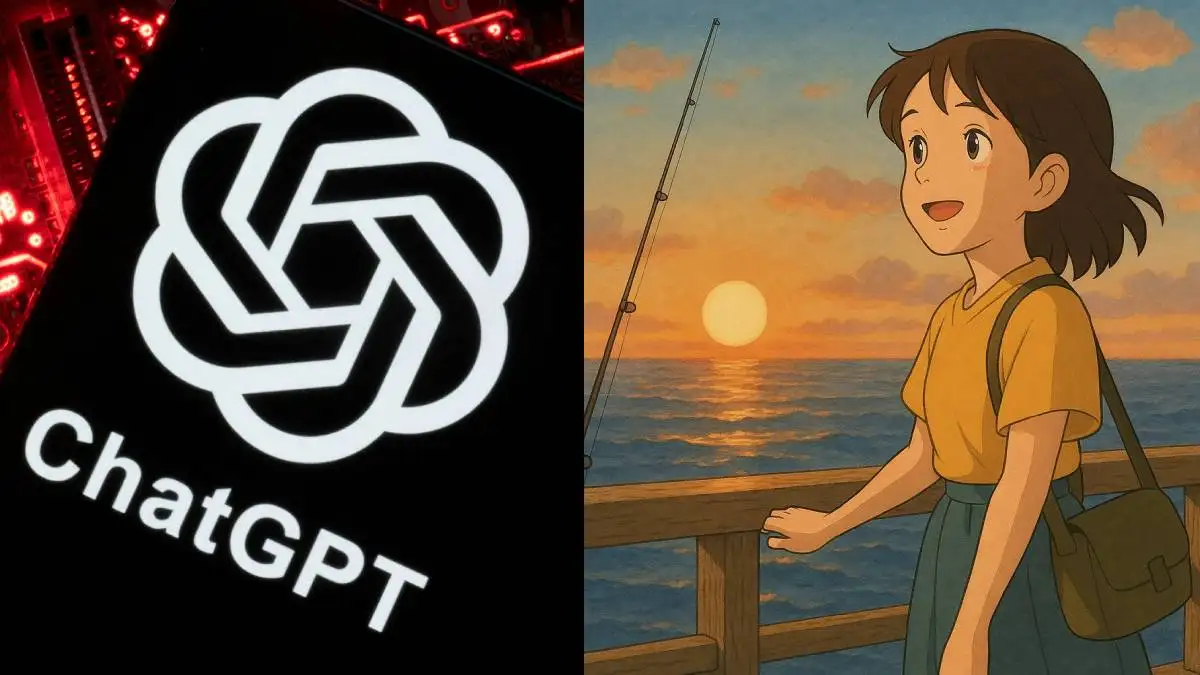
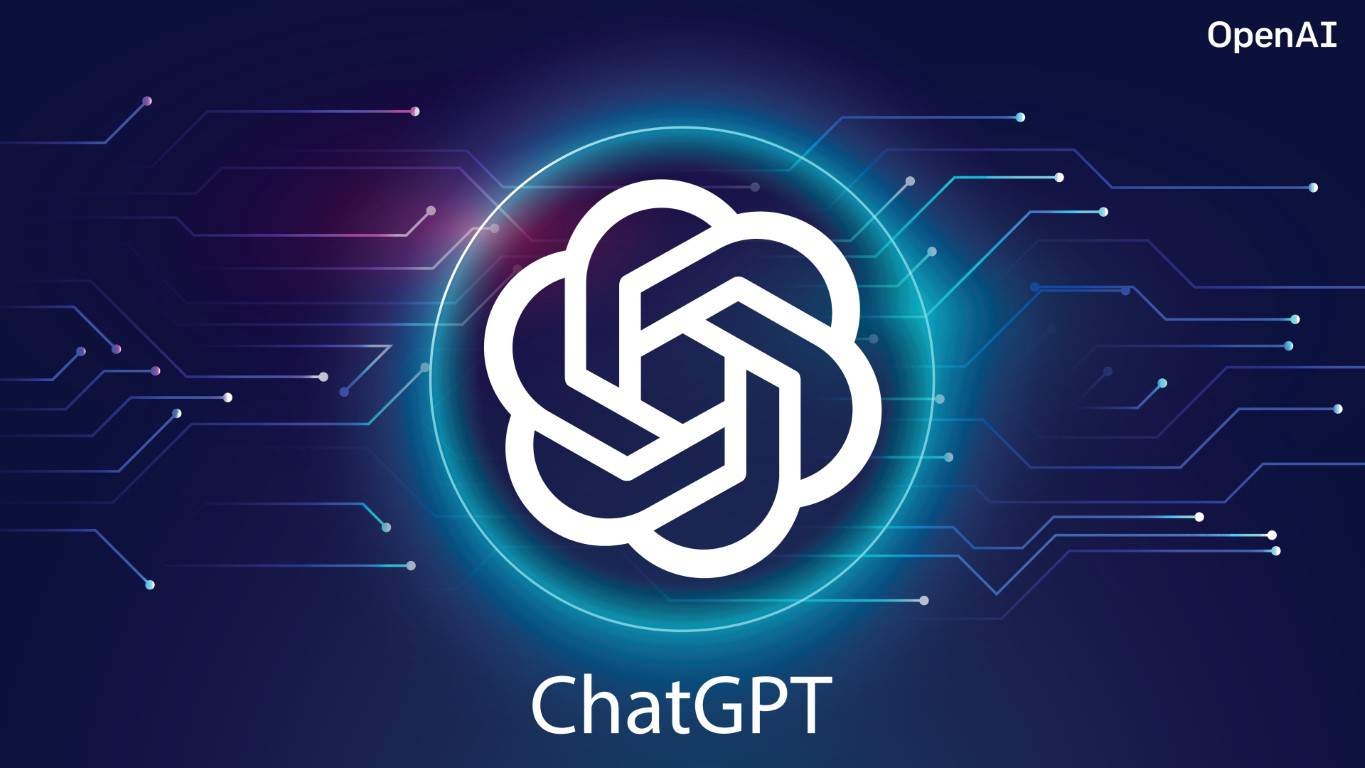

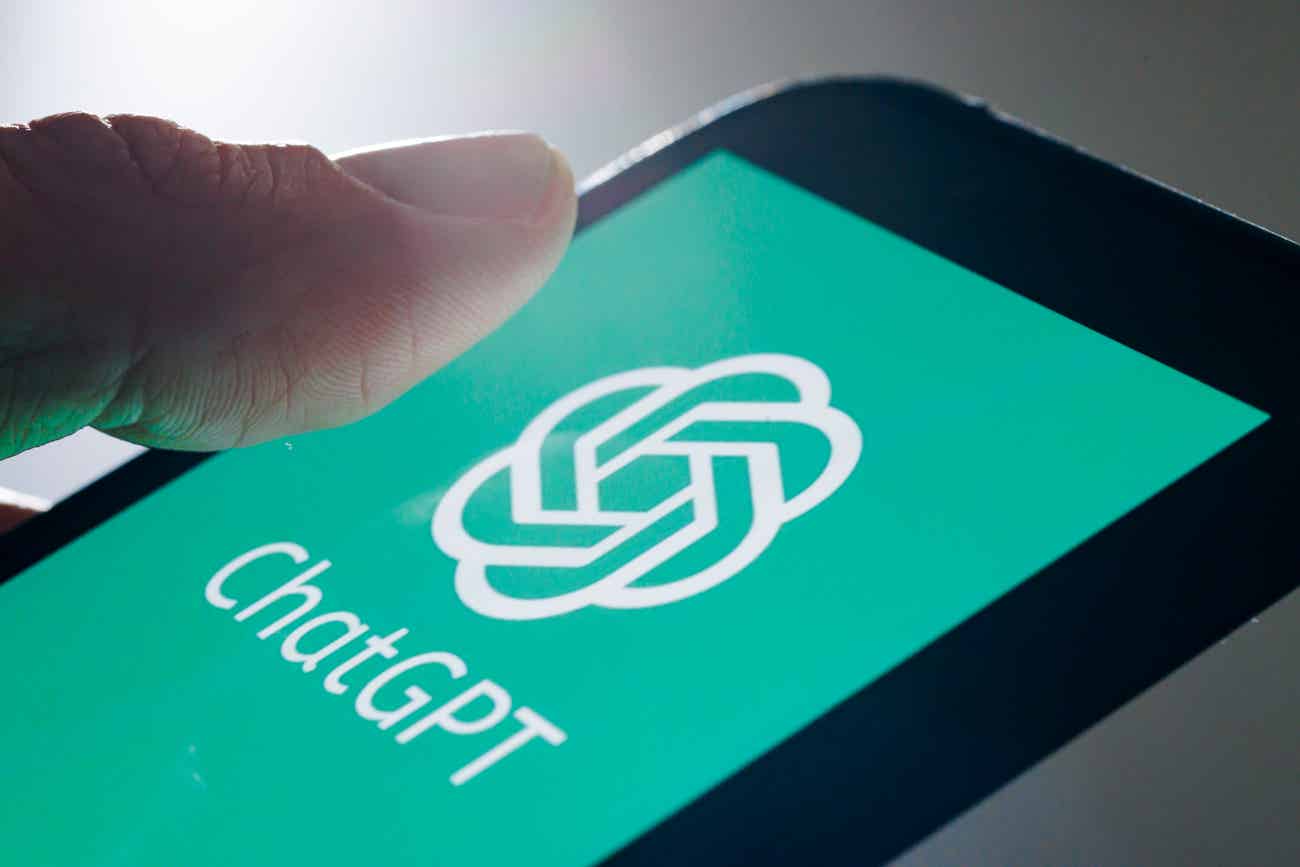
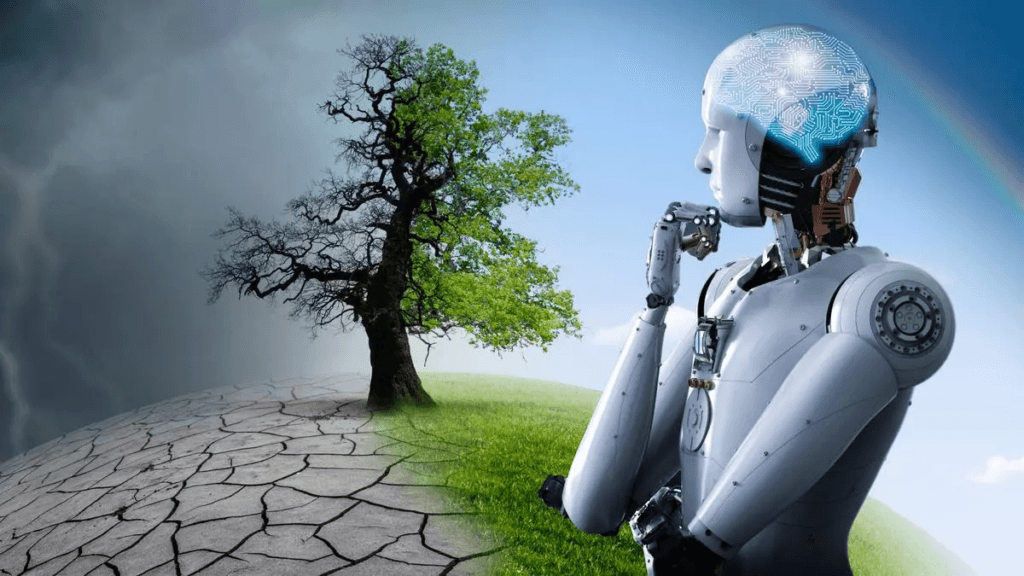
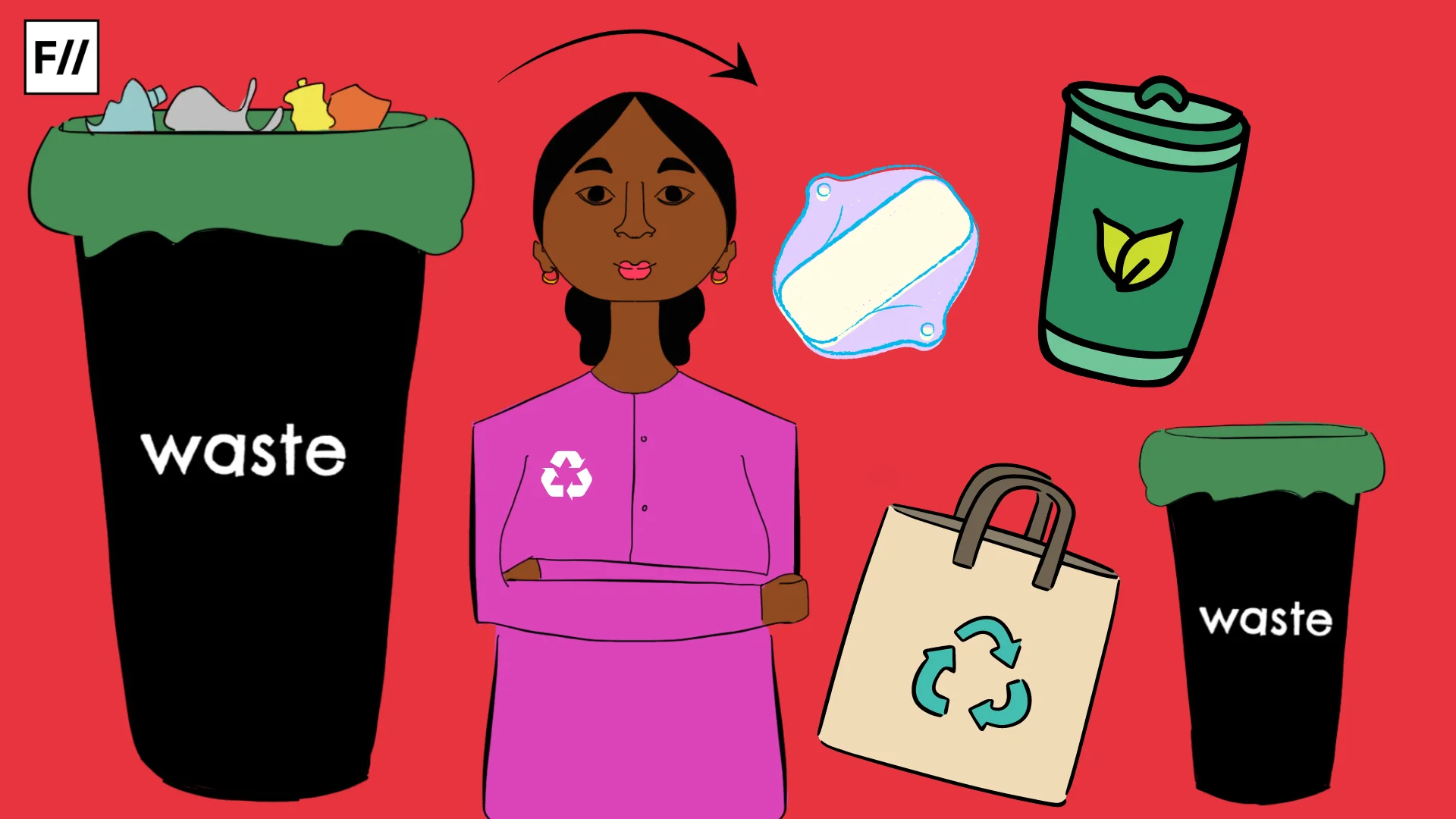
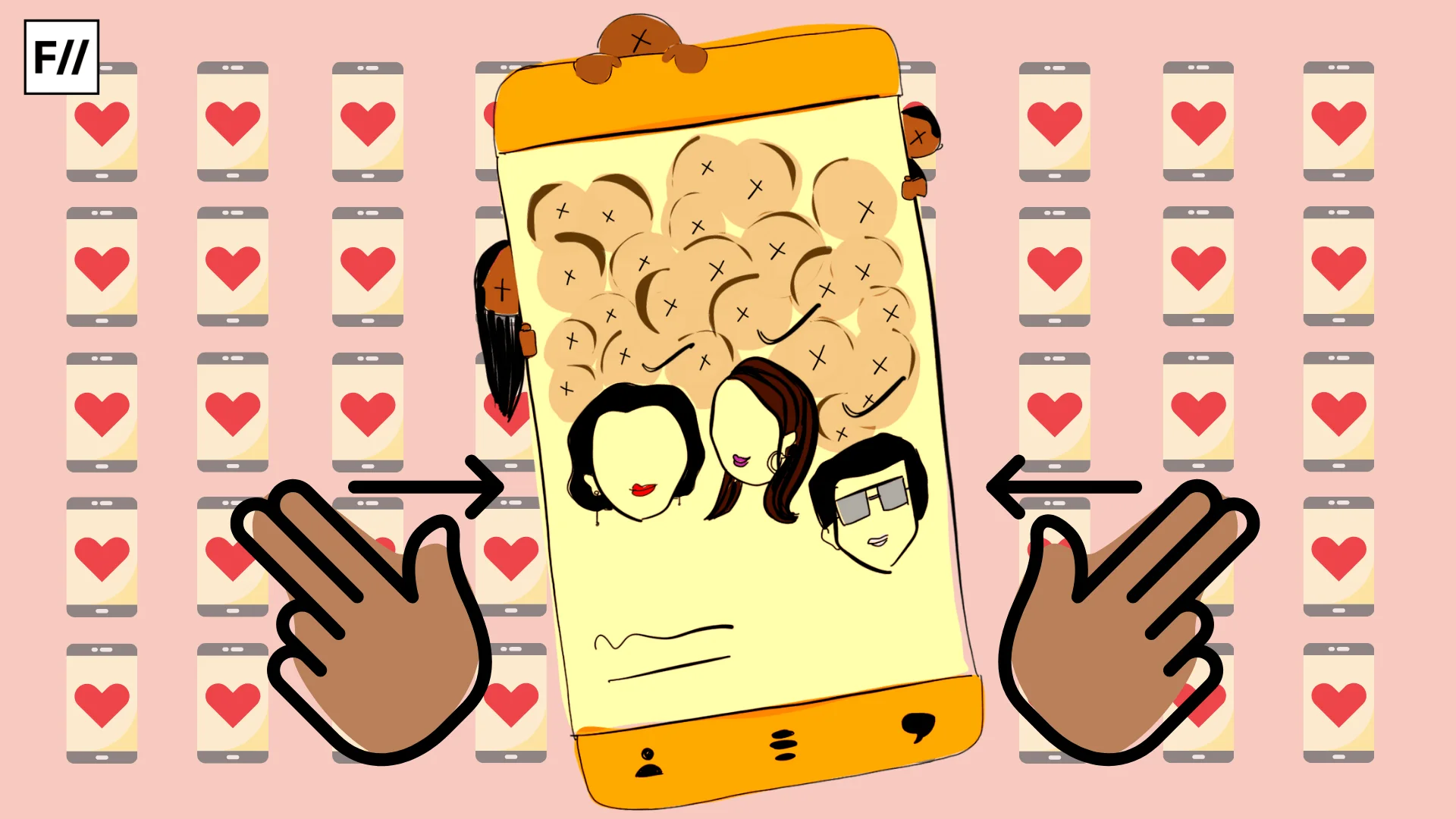
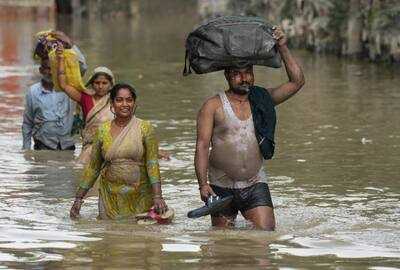

Such an interesting article. I learned something new today.